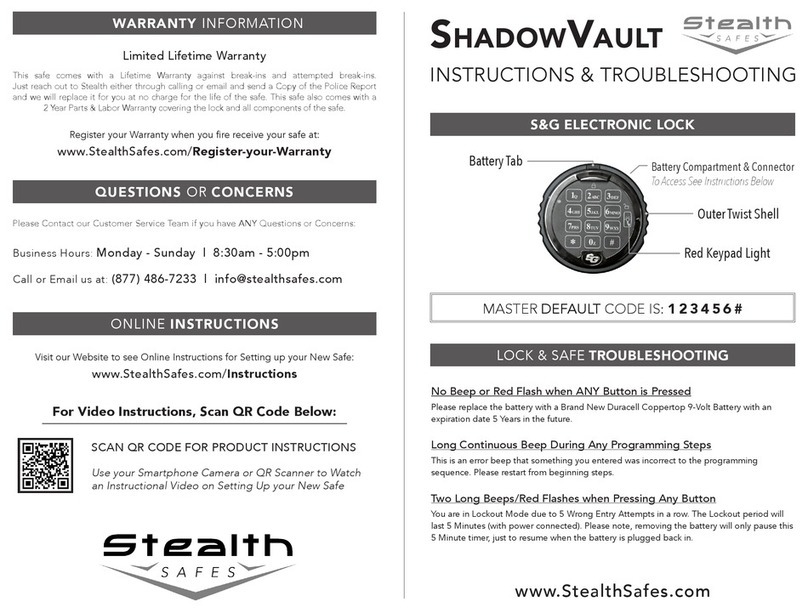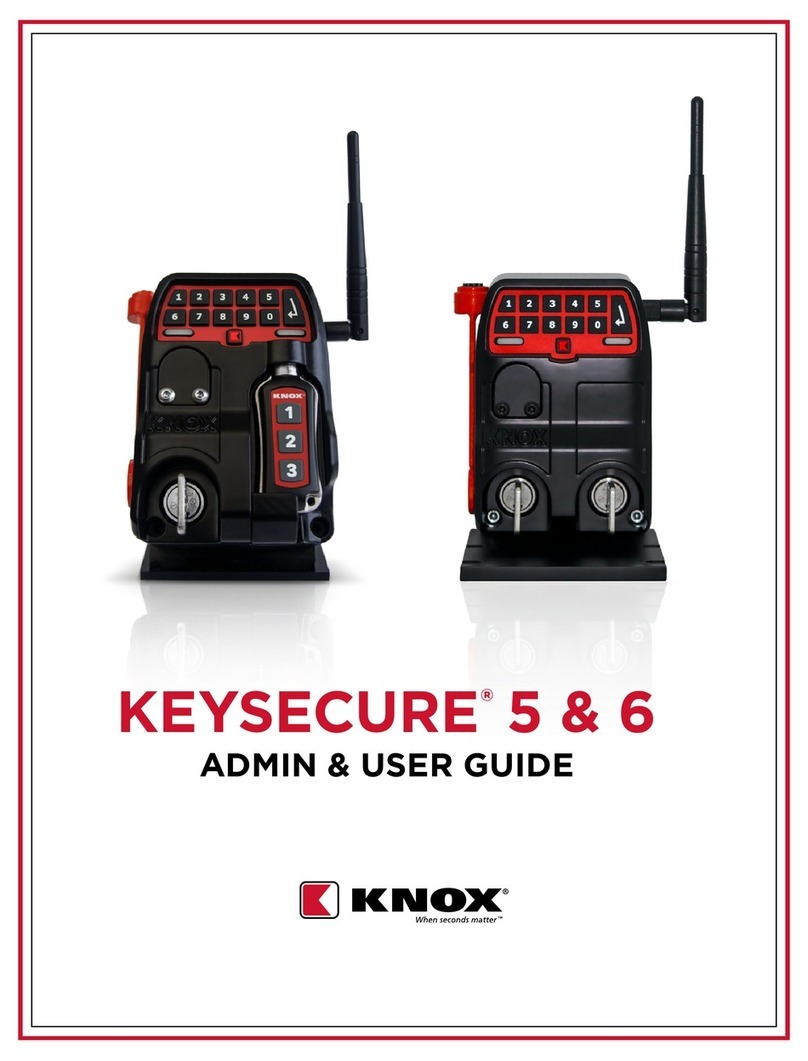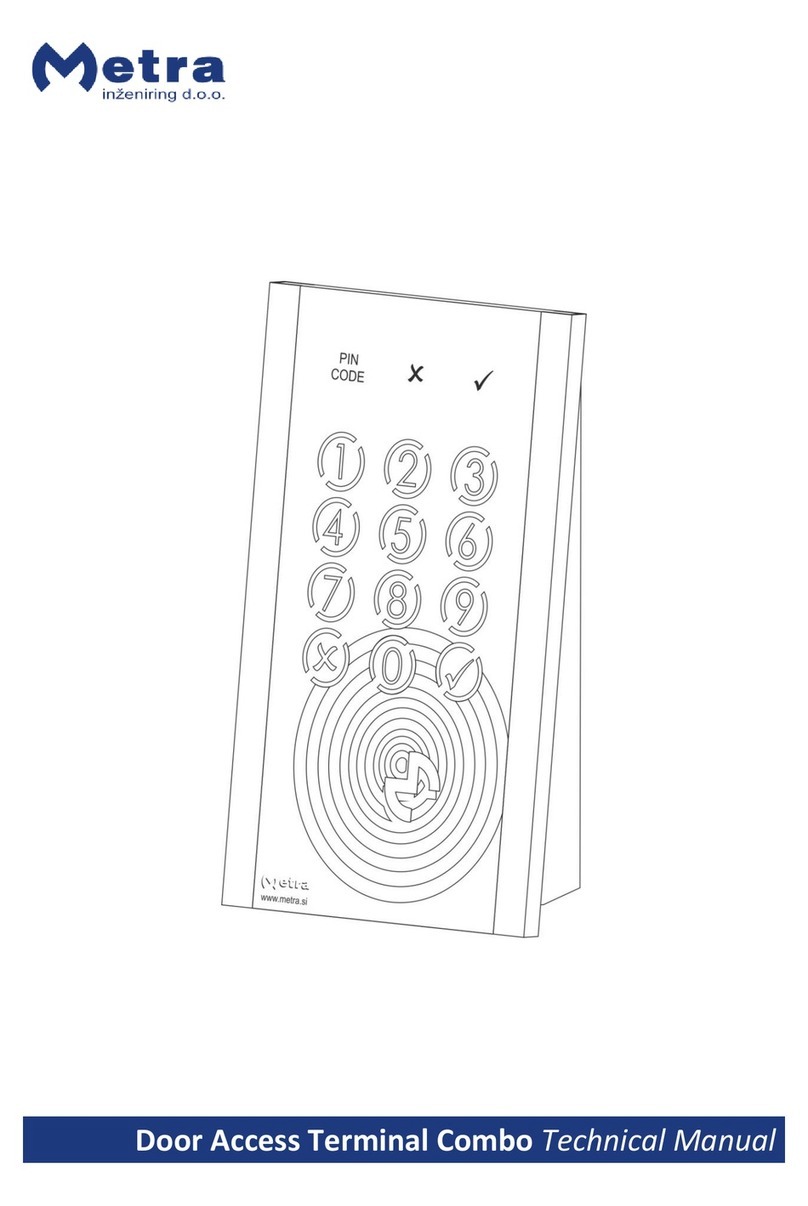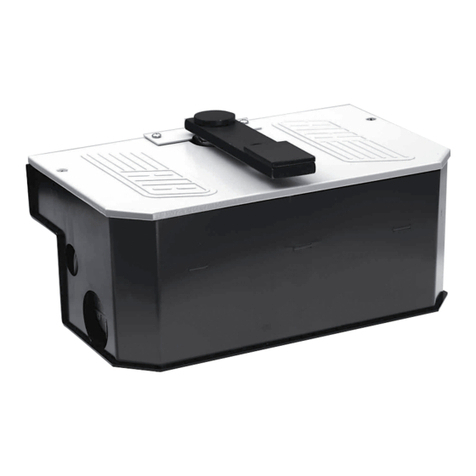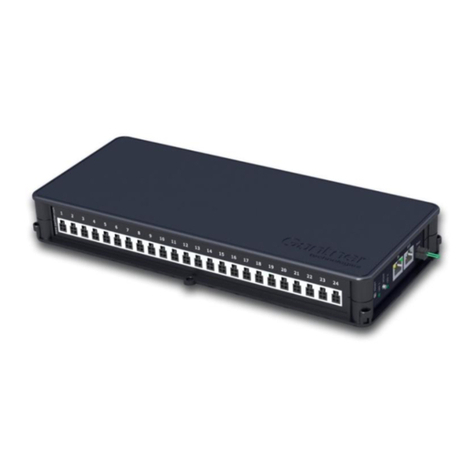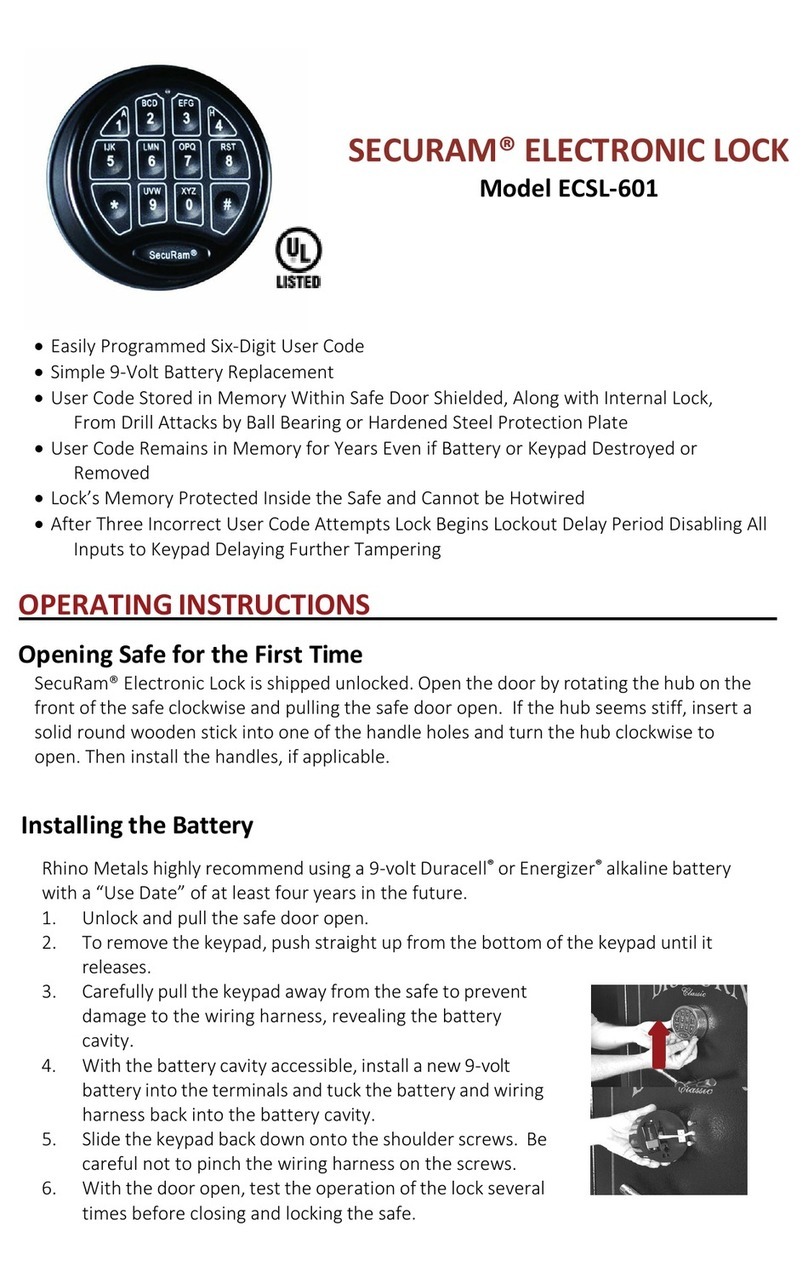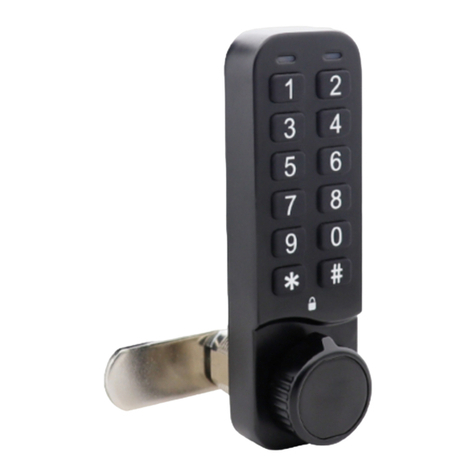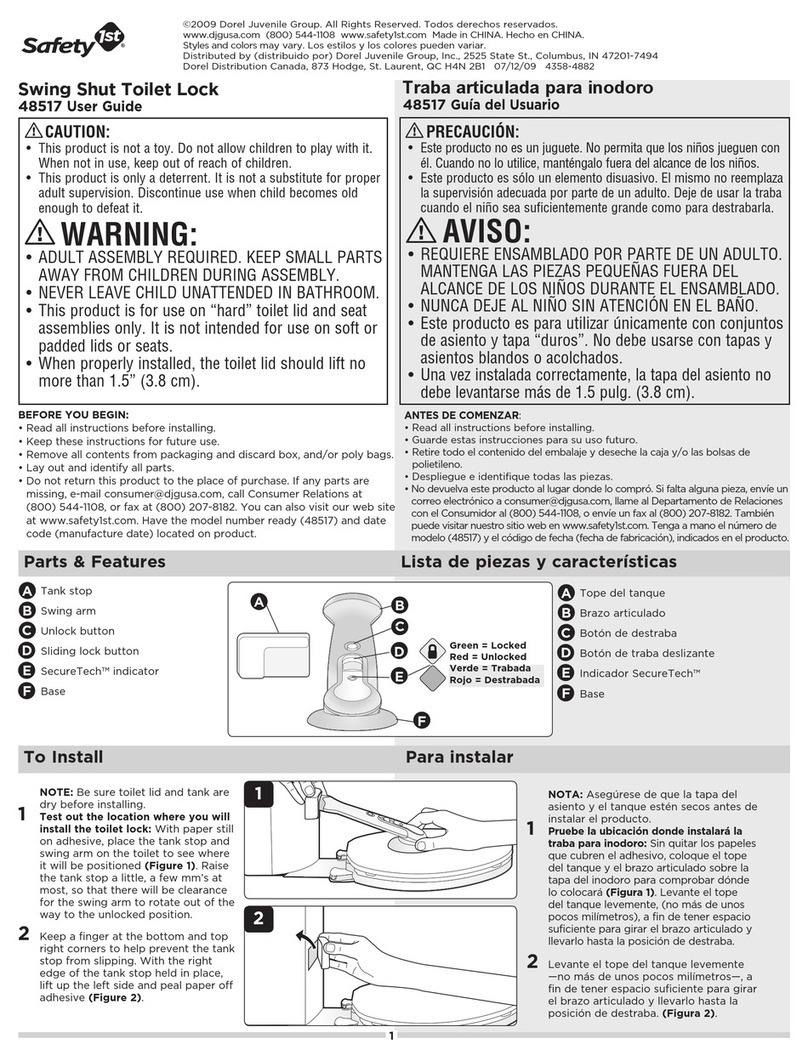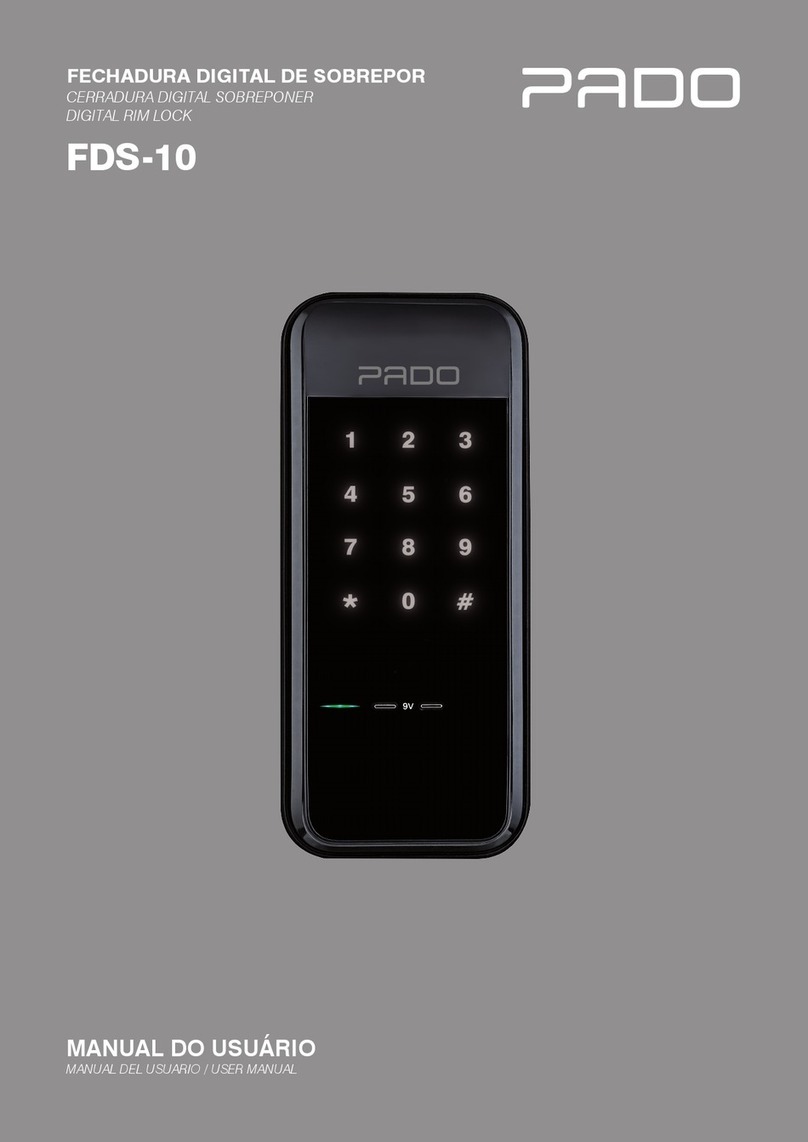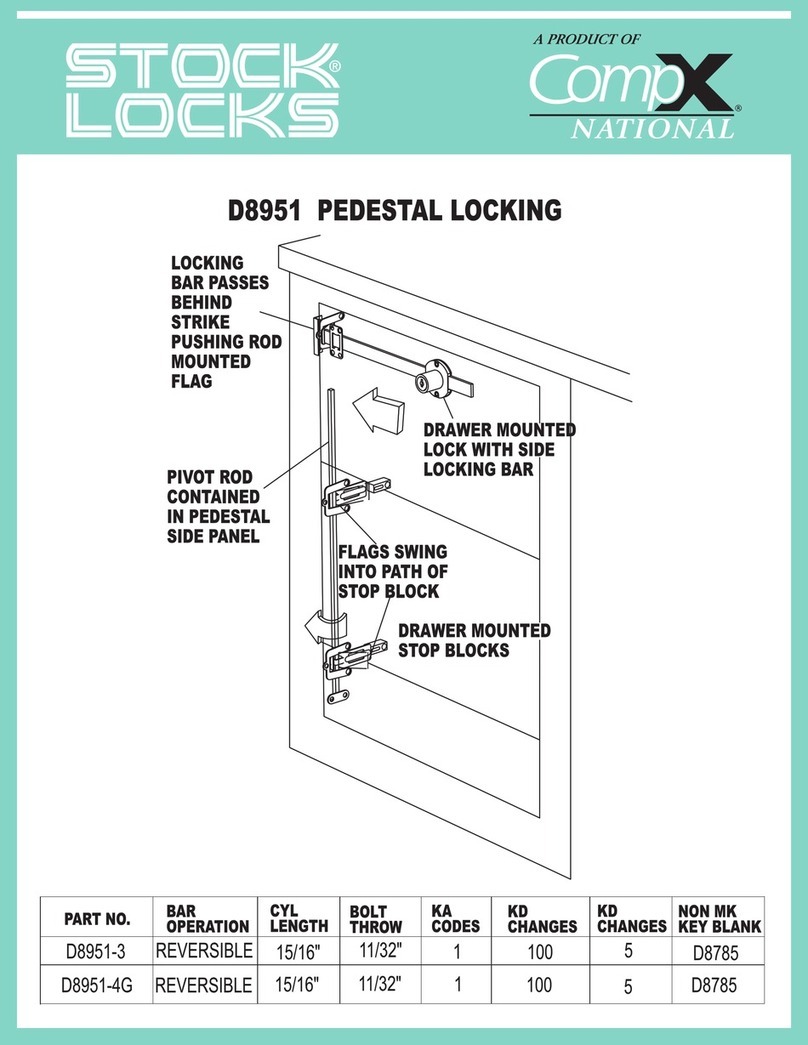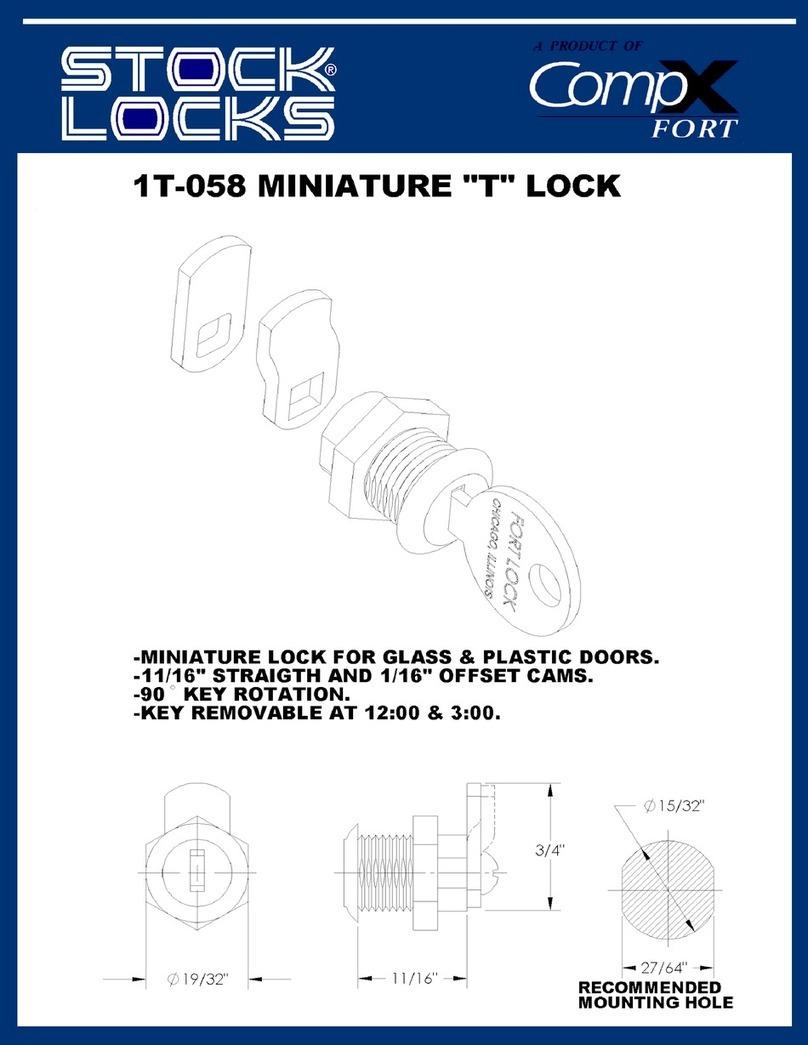
PAGE 8
Instruction Manual for:
Solenoid Key Release Unit and Time Delay Key Release Unit
Service and Maintenance
Lubrication
Do not use oil of any type
Kirk Key Interlock Company cannot warranty interlocks that have been oiled.
- Interlocks should be periodically lubricated with a small amount of dry powdered
graphite. as the oil will collect dirt and "foul" the lock cylinder so that it will
not operate. Apply a small amount of graphite to the key and insert the key into the lock cylinder.
Work the key in and out and turn the key several times in order to distribute the graphite inside the
lock cylinder.
Kirk Key Interlock Company offers a Graphite Lubrication Kit (part number GL-1) complete with
instructions for use. The powdered graphite is supplied in a plastic tube that can be "squeezed" to
force a small amount of graphite into the lock cylinder. As described above, work the key in and out
and turn the key a few times in order to distribute the graphite inside the lock cylinder.
NOTE: Stainless steel dust covers should be utilized to protect the lock cylinders when located
outdoors or in a demanding environment. Dust covers are available separately and can be easily
added to any interlock.
Factory Service - Under normal operating conditions, KIRK® interlocks should not require any
maintenance service, other than graphite lubrication. However, if refurbishment or replacement
should be required, contact Kirk Key Interlock Company, North Canton, Ohio. All factory service
will be performed as quickly as possible to minimize your down time.
Any damaged or malfunctioning interlock should be returned
to Kirk Key Interlock Company, North Canton, Ohio. If this is
not possible and replacement locks are required, the
following information must be forwarded to Kirk Key Interlock
Company:
KIRK Key Interlock
S.O.
ITEM
ITEM NUMBER
ORDER NUMBER
NORTH CANTON OHIO, USA
1-800-438-2442
KIRKKIRK
1) Lock Number - obtain from the face of lock cylinder.
2) S.O. Number - obtain from nameplate on interlock
3) Item Number - obtain from nameplate on interlock
4) Key Interchange Number (if applicable) - obtain from
LOCK NUMBER
the face of lock cylinder.
KEY
NINTERCHA GE
KEY
INTERCHANGE
IB/KRU/06

